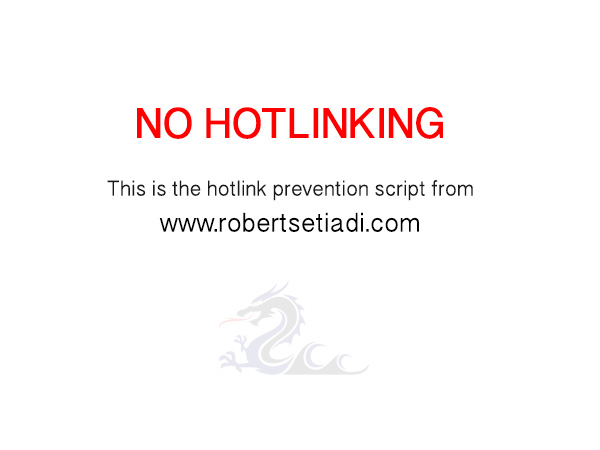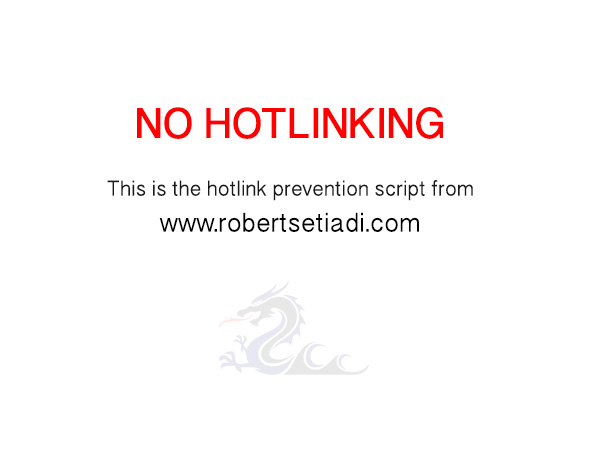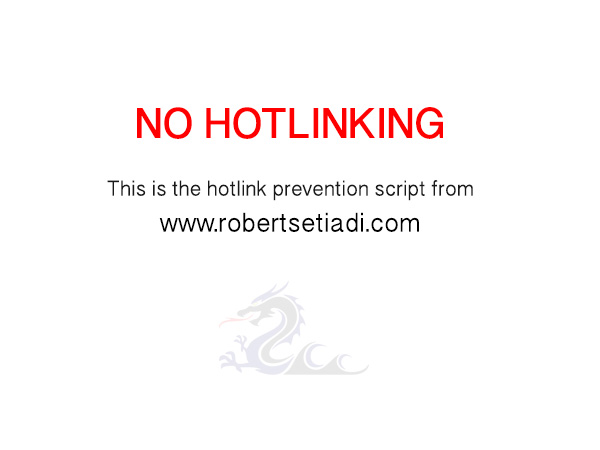If you noticed, there is something new in this website today. Yes, I have implemented two dimensional barcodes called QR Code (Quick Response Code) here.
Created by a Japanese company named Denso-Wave in 2004, this special barcode format was designed to be decoded at high speed with great flexibility. It means, QR Code does not need any special scanner to read. It can be read by any simple camera installed in common mobile phones. Yes, mobile phone camera, probably like the one you have.
To be able to read QR Code, your phone needs some special “reader” software. It’s easy to get, and there are free versions you can obtain easily. The software is available in different platform, from the popular Java platform, Blackberry, iPhone OS, Windows Mobile, Symbian, and many more.
Interested?
Try these simple steps :
1. Open your phone’s built-in browser
2. Open http://dakode.mobi
3. Click on “Download Reader”
4. It will automatically detect your phone model and suggests some compatible readers
5. If you can find “i-nigma” in your list of compatible reader, choose it (my recommendation)
6. If i-nigma is not compatible with your phone, you can try other readers
7. Download, and install the application
8. Run the application, go get a QR Code and try to scan it
Remember, you need to have internet connection for your phone. Charges might apply, depends on your network operator.
So, what can we get from scanning a QR Code?
A QR Code is basically a small piece of data, encoded in special two dimensional bar-code format. The common use of QR Code is to encode text (any text, maximum length 4296 characters), phone numbers, URL, email address, GPS location, SMS, full contact entry for your phone’s address book, and many more.
Say if you want to tell your friend your phone number, you can just show them your QR Code. They will need to scan it using their phone’s camera and just by one pressing of a button, they have your name and your phone number added in their address book, without the need to type any numbers ! This practice is very popular in Japan to exchange number or email addresses.
Companies can also put QR Code on their banners so that when people see the banner, they do not have to remember the company’s website address or writing your address in a note. They can simply capture the image of the QR Code and the URL is already shown in their phones.
Here are some examples of QR Code you can use :
| Example 1 : Simple Text >> |  |
 |
<< Example 2 : Phone number |
| Example 3 : URL >> |  |
 |
<< Example 4 : Full contact information, ready to be added to phone’s address book |
| Example 5 : Email address >> |  |
=======================================
There are different sizes and versions of QR Codes. Basically, the more data we are trying to “encode”, the more dots we are going to see in a QR Code. When you try to scan QR Code, make sure there is only one QR Code appears in your phone’s camera.
During the last few years, the popularity of QR Code has dramatically increased in countries outside Japan. Some big companies in the US and Australia, for example, already use QR Code to link between real world (their printed materials) and digital world. An Indonesian newspaper (Kompas) already printed QR Code in their news to enable their customers to visit the news in digital format.
QR Codes in this websites are generally contain the URL of the respective page.
So, why not give it a try?
Robert
update : with the migration of this website into WordPress, I removed QR codes from the pages.

Thanks for this tips
I really love this subject and can’t read enough about it!